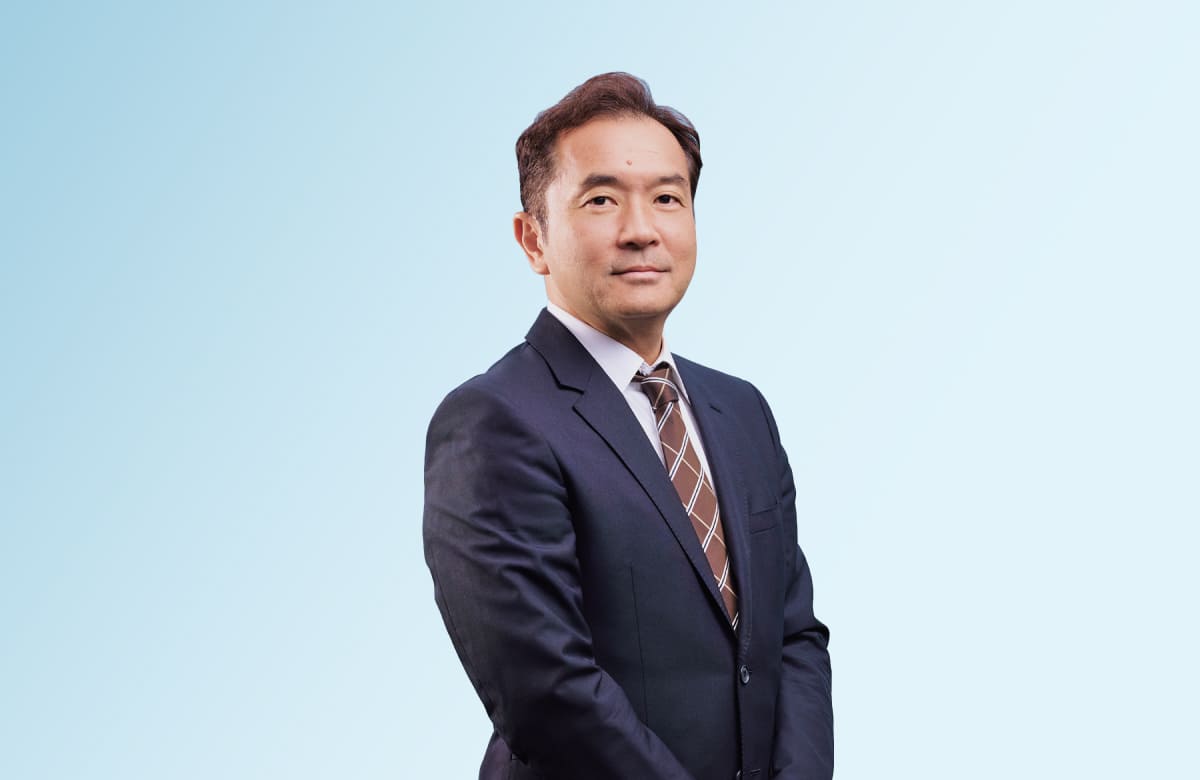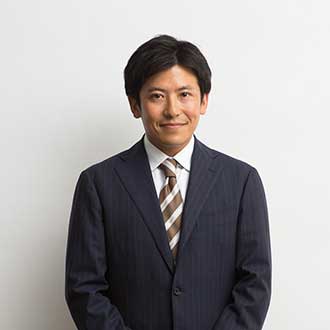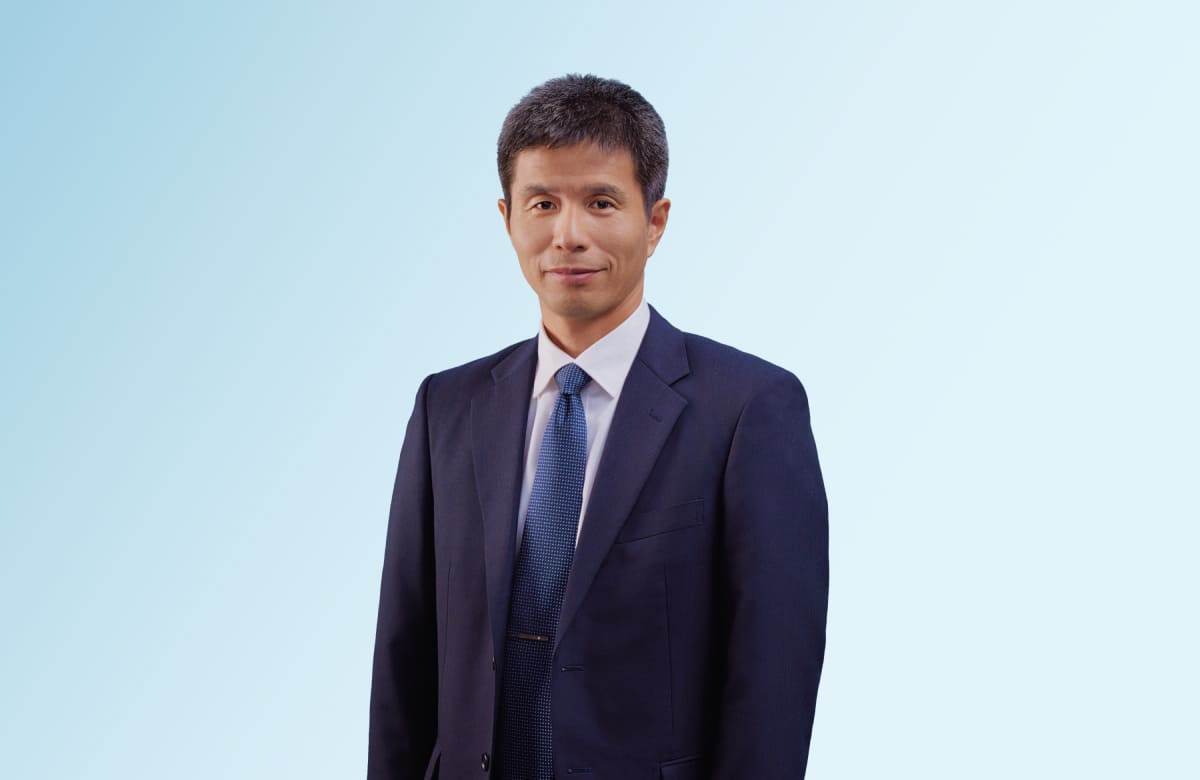

Following our previous discussion on global trends in the energy sector and the overseas expansion of Japanese companies, this article provides an overview of recent developments in the renewable energy sector in Japan, with a particular focus on solar power generation. It outlines key market trends, such as the increasing use of corporate power purchase agreements (“PPAs”) and the transition to the Feed-in Premium (“FIP”) scheme, and offers a professional analysis of associated legal challenges and potential avenues for new business initiatives.
Discussion Participants
1. Widespread Adoption of Corporate PPAs and the Rise of Portfolio Transactions
Takeuchi : In the solar power market, we have seen two major trends in recent years. One is the increase in transactions involving existing solar power portfolios. The other is that corporate PPAs have become increasingly common and are now a well-established option in the post Feed-in Tariff (“FIT”) landscape.
Maeyama
:
As counsel for power generators, I have been supporting contract drafting for corporate PPAs and virtual PPAs since their early stages. Initially, it was a process of trial and error, but the formats have now become somewhat standardized, making them easier to implement in practice. As a recent new initiative, I assisted with the first case in Japan involving the bulk purchase of a portfolio of thousands of solar power facilities installed on residential rooftops, with financing through project bonds. I believe that we will see an increase in similar cases in the future.

Takahashi : As we see with solar power projects, when cases accumulate and build up, investors begin to devise creative financing methods, leading to the development of financial products like project bonds.
Kobayashi : I often counsel foreign investors, and recently we are seeing cases where foreign investors are selling off their entire portfolios in Japan—a trend that I expect to continue.
2. Increase in FIP Transitions and Underlying Factors
Takahashi : In recent solar power trends, we are seeing an increasing movement to switch from FIT to FIP, known as “FIP transitions”. This trend is particularly notable in Kyushu, where output control hours are longer. Under FIP schemes, there is an adjustment rule whereby the premium during output control hours is added to the premium during other hours. By avoiding output control and discharging during hours when the premium is higher, greater profits can be obtained. The installation of storage batteries makes this type of operation possible.
Takeuchi : I expect FIP transitions to continue increasing. Government support programs have had a significant influence on this trend. In addition to the premium adjustment rules mentioned, from fiscal year 2026, a policy will begin whereby FIP power sources will be subject to output control after FIT power sources, making FIP-transitioned facilities less likely to face output control. In addition, though it is unclear how long the current policy will continue, there is a subsidy program for installing storage batteries with FIP transitions. This policy trend encouraging FIP transitions is likely to continue for some time.

Yokoi : I understand that when financing is assumed, there are two main contractual forms when transitioning to the FIP scheme: One involves concluding a corporate PPA with a fixed price that does not take the premium into account, and the other is a virtual PPA structure that evaluates only the premium. How is the premium typically handled in practice?
Takeuchi : From a financing perspective, the stability of cash flow is critical. If the project has already secured financing through project finance, the lenders will have based their assessment on the FIT purchase price. In such cases, I believe the key condition for lenders to accept FIP transitions is that the fixed price under the corporate PPA can be evaluated as equivalent to the FIT tariff. Since the FIP premium fluctuates in line with market prices, incorporating that premium into the cash flow evaluation and accepting FIP transitions poses a high hurdle for lenders under current conditions.
3. Importance of Regulatory Compliance
Kobayashi : Regulatory compliance for solar power generation continues to be one of the key challenges in project management for operators. Recent legal amendments have introduced new requirements, such as mandatory community briefings when business plans are modified, and obligations to set aside funds for the future disposal of solar power facilities. Looking ahead, further development of the regulatory framework for mandatory recycling of solar panels is anticipated. These developments require continuous compliance throughout the entire lifecycle of renewable energy projects. As the renewable energy sector is subject to frequent legal and institutional reforms, I believe that the strong demand for legal advice to ensure accurate and timely compliance will persist.
4. New Business Development Trends

Yokoi : As a new development, we are seeing floating solar power generation on reservoirs. Even more unusual are ventures conducting solar power generation offshore. Though technically challenging with profitability issues, some operators are focusing on this. This represents a new development as suitable land sites become limited.
Kobayashi : Agrivoltaics (the co-location of solar and agriculture) is also attracting attention from operators, with advancing technological development. The topic is frequently raised at meetings of industry associations, and with expected government support in the future, we are likely to see an increase in such projects.
Hearne : Agrivoltaics contributes to solving social issues by creating jobs and stimulating economic activity in rural areas. It offers farmers the opportunity to diversify their income sources, which can make farming operations more resilient to market and climate fluctuations, which in turn can help to reduce the amount of abandoned farmland. Furthermore, it can help to support biodiversity and maximize the productivity of available land, particularly in regions where suitable land is scarce or expensive.
Looking Ahead
In this session, we introduced the latest trends in Japan’s renewable energy market, focusing on solar power generation. We covered major market trends, such as the establishment of corporate PPAs, increase in portfolio transactions, acceleration of transitions from FIT to FIP, and the importance of regulatory compliance. The trend of FIP transitions with storage battery installations is a noteworthy development as a future business model. We will also be keeping an eye on new solar power generation developments, such as reservoir, offshore, and agrivoltaic types. In the next session, we plan to cover the latest trends in storage batteries, wind power, renewable energy M&As, and more. Please stay tuned.
Related Contents
Roundtable Discussion: The Frontline of the Energy Transition
Energy and Natural Resources











![[First Session] Global Trends in the Energy Sector and Overseas Expansion of Japanese Companies](/asset/publications/detail/image/trending-news_xSihYz9jJn_kv_sp.jpg)
![Roundtable Discussion: The Frontline of the Energy Transition[Third Session] Latest Trends in the Domestic Renewable Energy Market - Focusing on Storage Batteries, Offshore wind, and Renewable Energy M&As, etc.](/asset/publications/detail/image/trending-news_ftgzSeSxVB_kv_sp.jpg)

